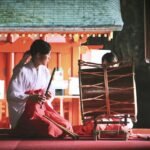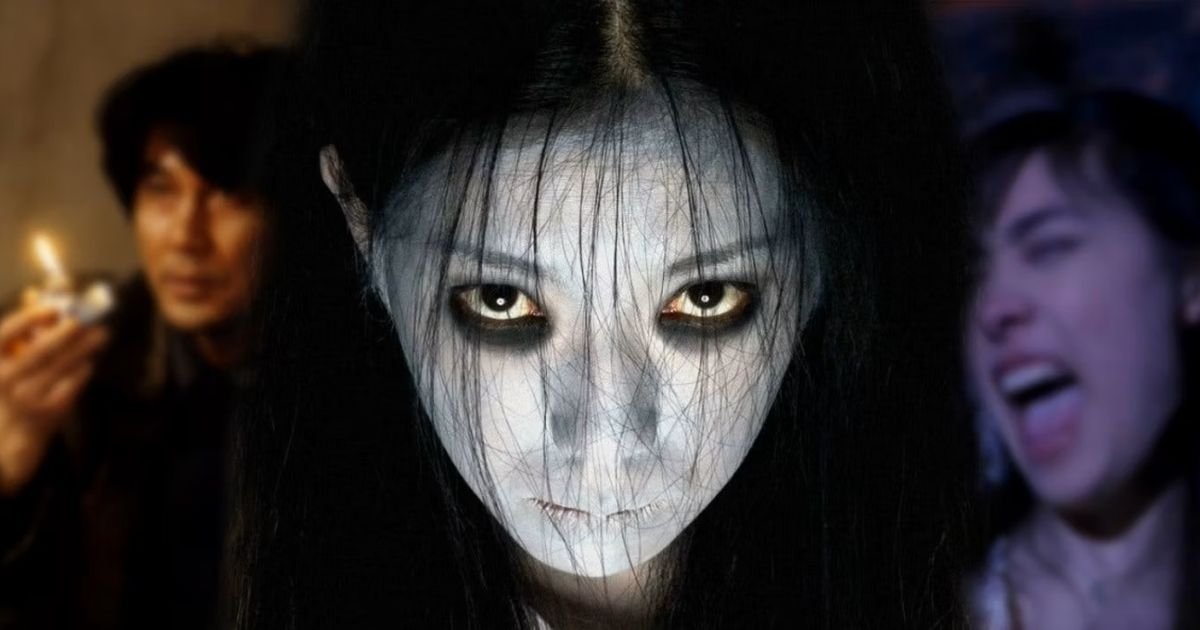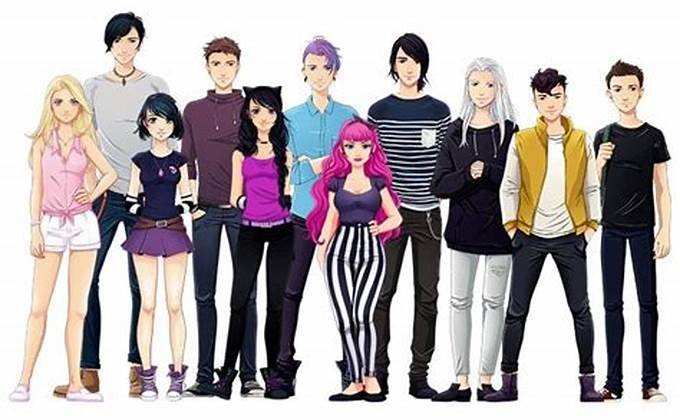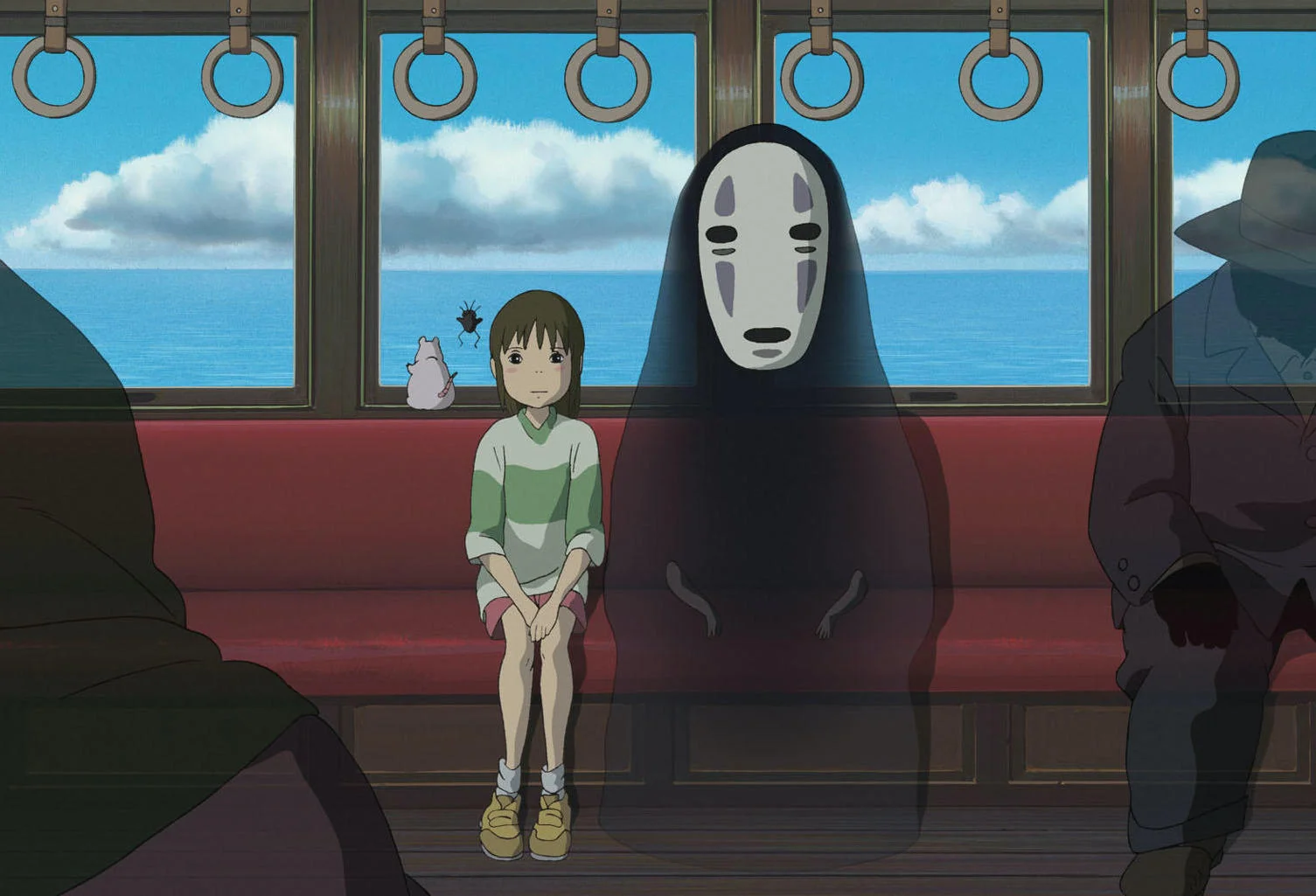In the realm of horror cinema, few films have left as profound an impact as Japan’s Ringu (1998) and Ju-On: The Grudge (2002). These films not only define the J-horror genre but also significantly influenced the global landscape of horror. Their unique approaches to fear, combined with their deep cultural roots, have cemented their status as classics. This article explores the legacy of Ringu and Ju-On, examining their contributions to the horror genre and their lasting influence on both Japanese and international cinema.
1. The Impact of Ringu (1998)
a. Innovative Storytelling and Concept
Ringu, directed by Hideo Nakata, introduced audiences to a new form of horror with its chilling tale of a cursed videotape. The film’s innovative concept of a supernatural entity transmitted through modern technology resonated deeply with audiences. The idea of a tape that causes death within seven days was both novel and unsettling, tapping into contemporary fears about technology and its potential for malevolent forces.
b. Cultural and Psychological Depth
Ringu drew from traditional Japanese ghost stories while integrating modern anxieties. The film’s depiction of the vengeful spirit Sadako was not only terrifying but also rooted in Japanese folklore and societal fears. The blend of psychological and supernatural horror created a deeply unsettling experience that extended beyond mere scares, reflecting broader cultural and emotional themes.
c. Global Influence and Remakes
The international success of Ringu led to numerous remakes and adaptations, including the American version, The Ring (2002). The film’s influence can be seen in the resurgence of supernatural horror and its impact on Western horror cinema. The eerie atmosphere, unsettling visuals, and innovative use of technology in Ringu set new standards for the genre.
2. The Legacy of Ju-On: The Grudge (2002)
a. Non-Linear Narrative and Storytelling Techniques
Ju-On: The Grudge, directed by Takashi Shimizu, introduced a unique narrative style with its non-linear storytelling. The film’s fragmented structure, which presents a series of interconnected stories centered around a cursed house, added complexity and depth to the horror experience. This approach challenged traditional narrative forms and contributed to the film’s unsettling atmosphere.
b. Cultural Significance and Traditional Influences
The film’s portrayal of the vengeful spirits Kayako and Toshio drew from traditional Japanese ghost lore, infusing the story with cultural authenticity. The depiction of these spirits, their eerie appearances, and their malevolent actions were deeply rooted in Japanese beliefs about ghosts and curses. This cultural specificity added to the film’s haunting quality and made it stand out in the horror genre.
c. Impact on Global Horror
The success of Ju-On led to a series of sequels and remakes, including the American version, The Grudge (2004). The film’s influence extended beyond Japan, inspiring a wave of supernatural horror films and shaping the way ghosts and curses are portrayed in global cinema. Its unique approach to horror, combined with its cultural depth, solidified its place as a significant work in the genre.
3. Comparing Ringu and Ju-On: Key Differences and Similarities
a. Themes and Motifs
While both films explore themes of curses and vengeance, they do so in distinct ways. Ringu focuses on the fear of technology and its potential to harbor supernatural forces, while Ju-On delves into the traditional concept of cursed spaces and the vengeful spirits that inhabit them. Both films use their themes to create a sense of pervasive dread and unease.
b. Narrative and Structure
Ringu employs a more linear narrative, focusing on the investigation of the cursed tape and its origins. In contrast, Ju-On uses a fragmented, non-linear approach, presenting a series of vignettes that build a larger, interconnected story. This difference in narrative style contributes to the distinctiveness of each film and their respective impacts on the genre.
c. Visual and Auditory Techniques
Both films utilize atmospheric and minimalist techniques to enhance their horror. Ringu uses unsettling visuals and eerie sound design to create tension, while Ju-On employs a more visceral approach, with jarring imagery and disturbing sound effects. These techniques contribute to the films’ lasting impact and their ability to evoke fear.
4. Enduring Influence and Legacy
a. Cultural Impact
Ringu and Ju-On have had a lasting impact on both Japanese and international horror cinema. Their success helped to popularize J-horror and introduced global audiences to Japanese supernatural themes. The films’ cultural significance is evident in their continued influence on contemporary horror films and their role in shaping the genre.
b. Continued Popularity
The legacy of Ringu and Ju-On is reflected in their continued popularity and influence. Both films have inspired numerous sequels, remakes, and adaptations, and their impact can be seen in the works of filmmakers around the world. Their ability to evoke fear through cultural and psychological elements ensures their place as classics in the horror genre.
Conclusion
Ringu and Ju-On: The Grudge stand as monumental works in the horror genre, each bringing unique elements and cultural depth to their portrayal of supernatural terror. Their innovative storytelling, cultural significance, and global influence have cemented their legacy as classics in Japanese horror cinema. Exploring their impact offers valuable insights into the evolution of horror and the enduring power of fear.










